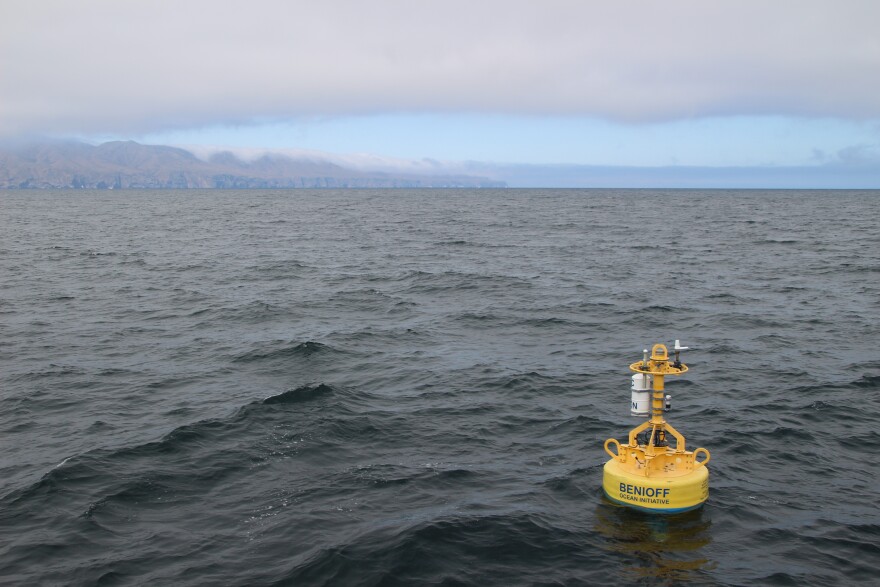It’s an ongoing crisis impacting some of the world’s most majestic creatures. Ship strikes kill a number of whales annually off the West Coast. It’s a huge concern off our coastline, with container ships passing through the Santa Barbara Channel to and from the ports of Los Angeles, and Long Beach. But, some researchers have come up with technology to help.
"The Whale Safe system was originally piloted here, just off the coast of UC Santa Barbara," said Douglas McCauley, a Marine Science Professor who’s also director of UC Santa Barbara’s Benioff Ocean Science Laboratory.
"It's focused on trying to stop one of the most significant causes of mortality for endangered whales, which is effectively road kill at sea... collisions between whales and ships."
He says he was at a conference about five years ago when some members of the shipping industry asked if something could be developed to detect if whales are around ships, so they can be warned to slow down. The result is Whale Safe.
"It is the first real time whale detection system in the Pacific Ocean," said McCauley. "When I first learned there wasn't something like this, I thought it unthinkable."
He teamed up with researchers at a half dozen institutions and agencies on the project.
The researcher says there are three elements to the warning system. There's a buoy with a hydrophone, and an onboard computer system which can detect, and even sort the calls of whales. There's a satellite based whale sensing system, which can help predict when whales might be feeding in shipping lanes. And, there's a human component, which allows people to use an app to report whale sightings.
A computer algorithm takes the data, and if it shows there are whales in the area, issues an alert to shipping companies, which in turn notify ship captains so they can slow down in the vicinity of whales.
McCauley says Whale Safe is now being rolled out in the Bay Area, which has a large whale population nearby, as well as busy port facilities.

He said that sadly, it’s coming too late for one of the best known whales on the West Coast, which recently died as a result of a ship strike.
The UCSB researcher said he’s hoping the technology will eventually be used around the world.
The researchers note there’s also another win for the environment when the ships slow down. In addition to improving safety for whales, when ships travel slower they produce less air pollution.



